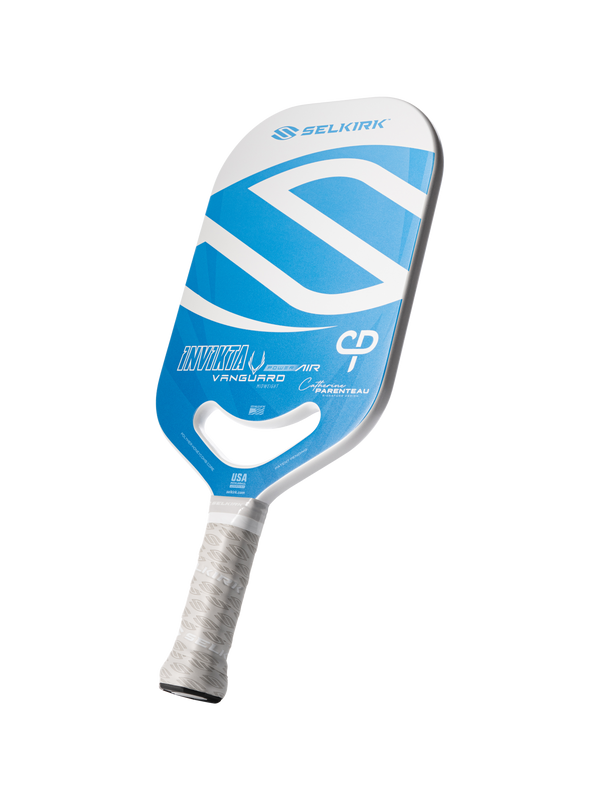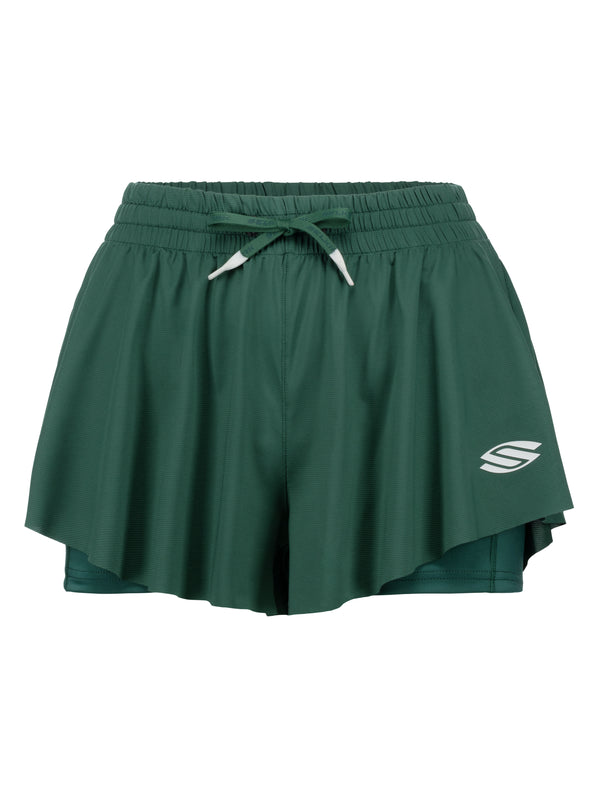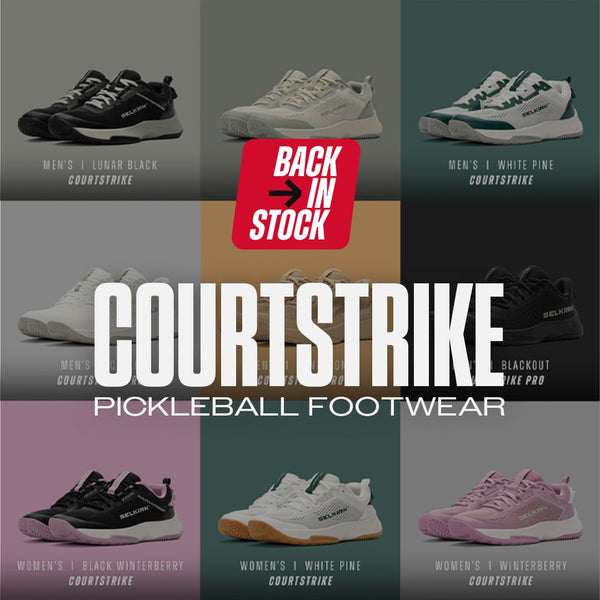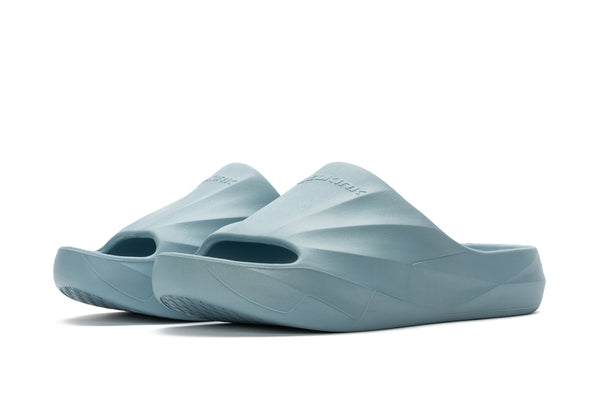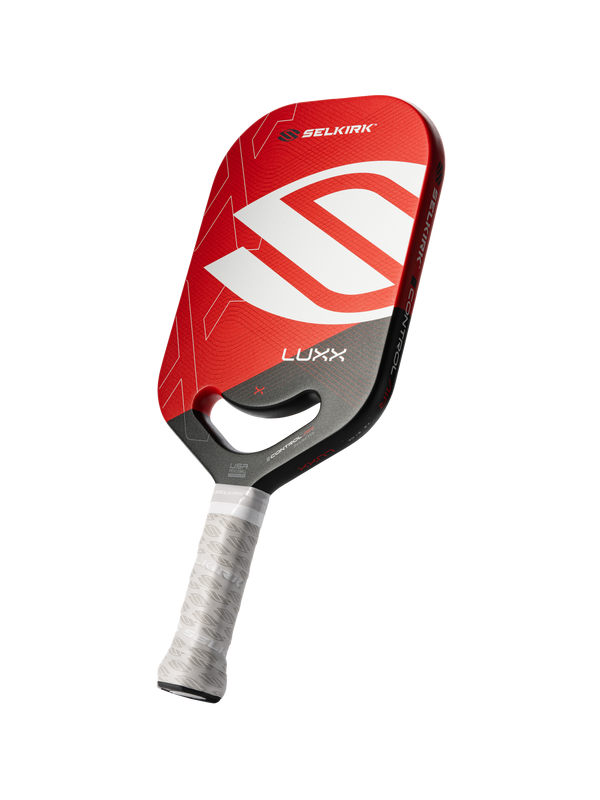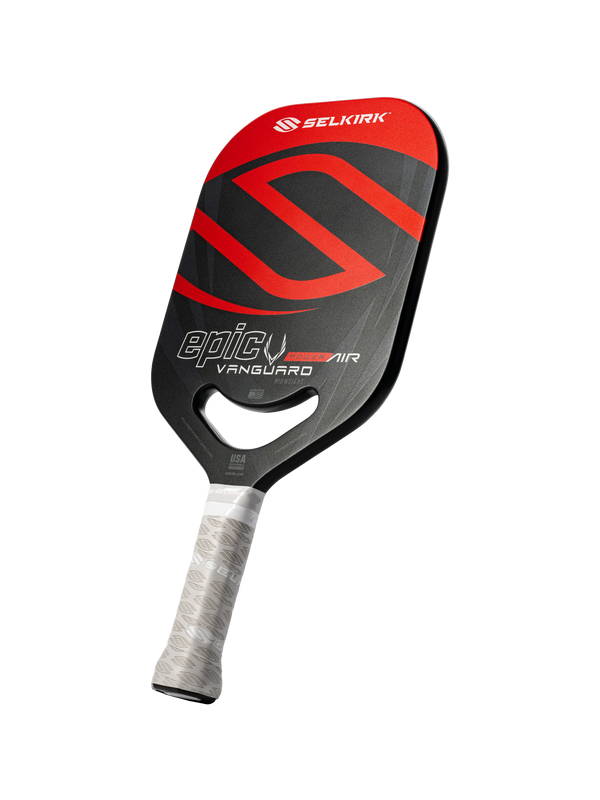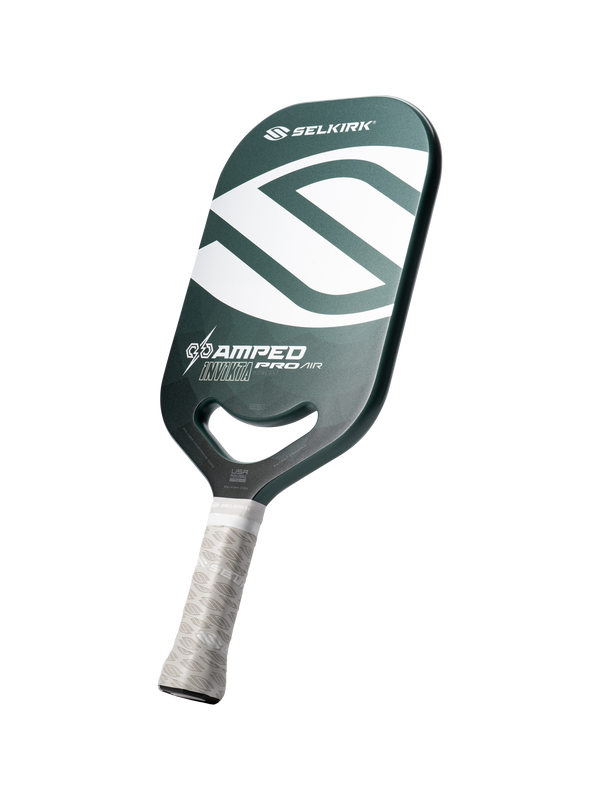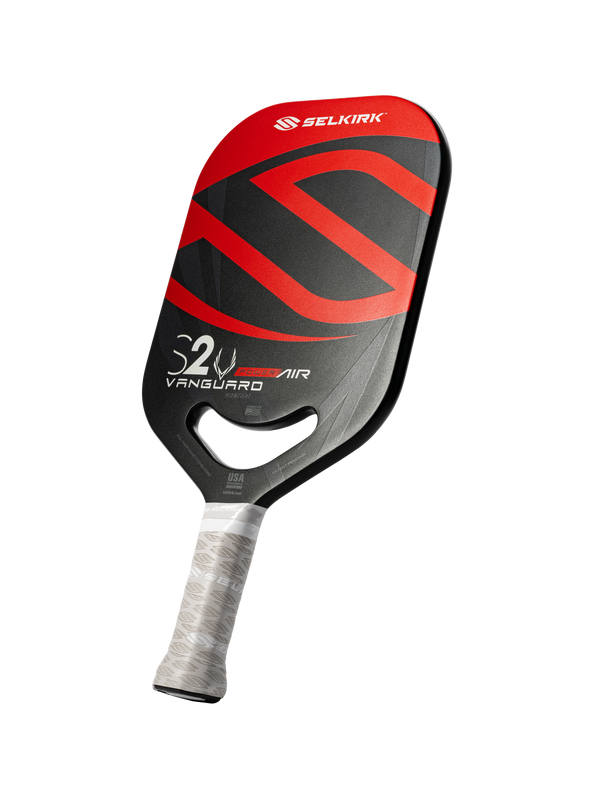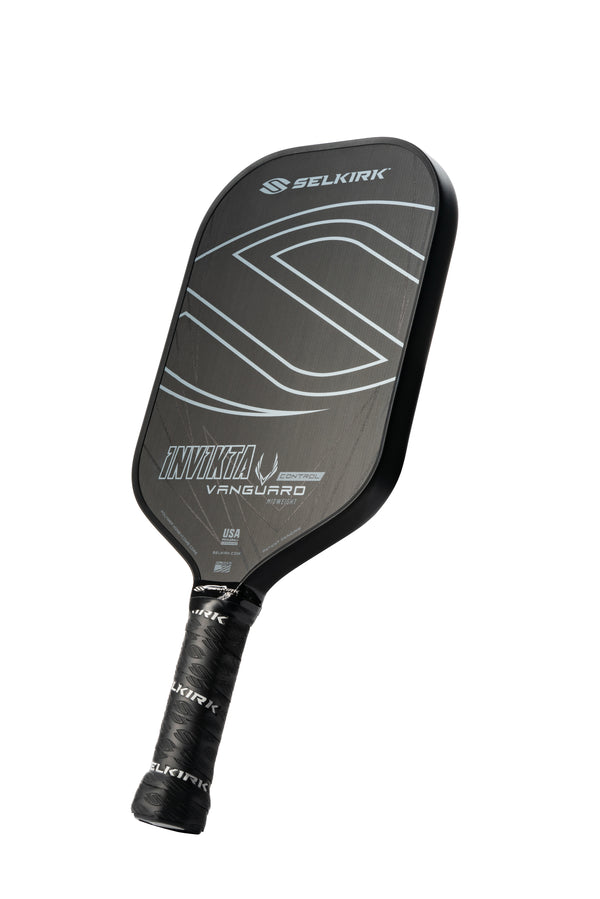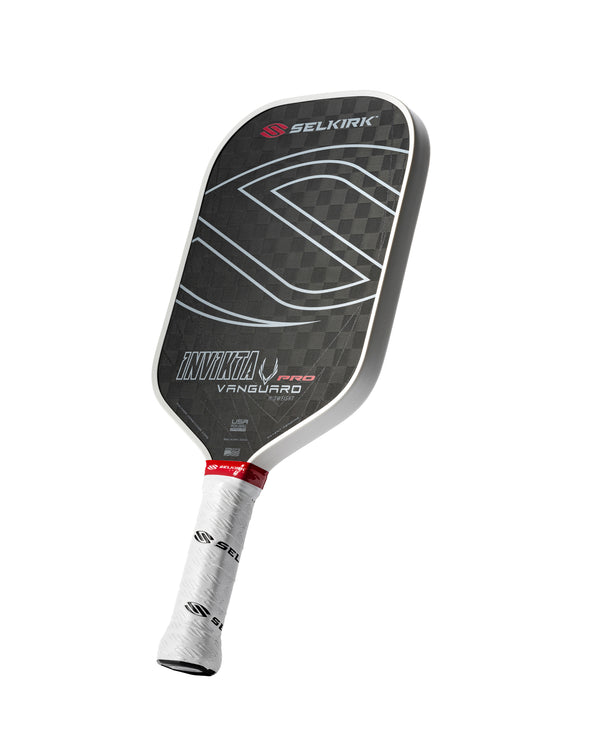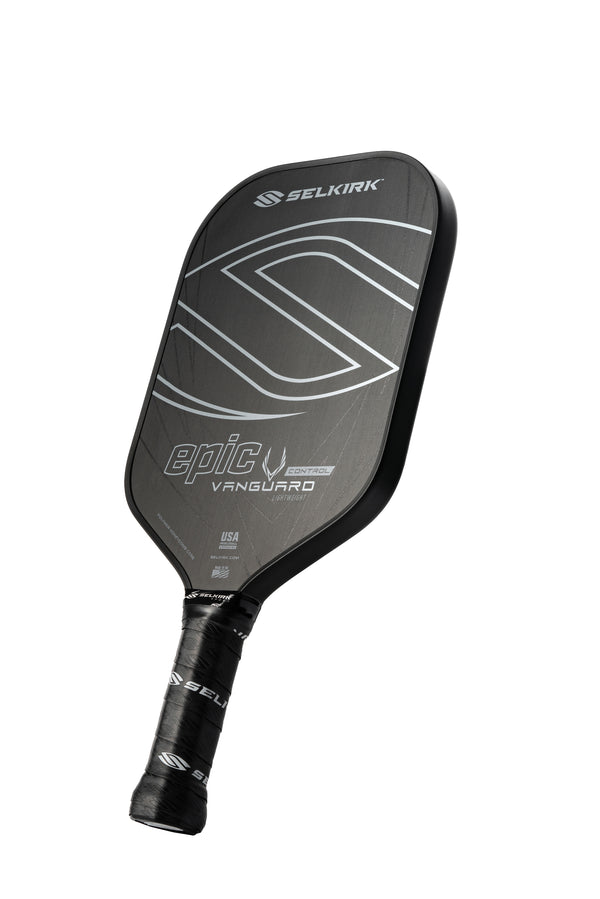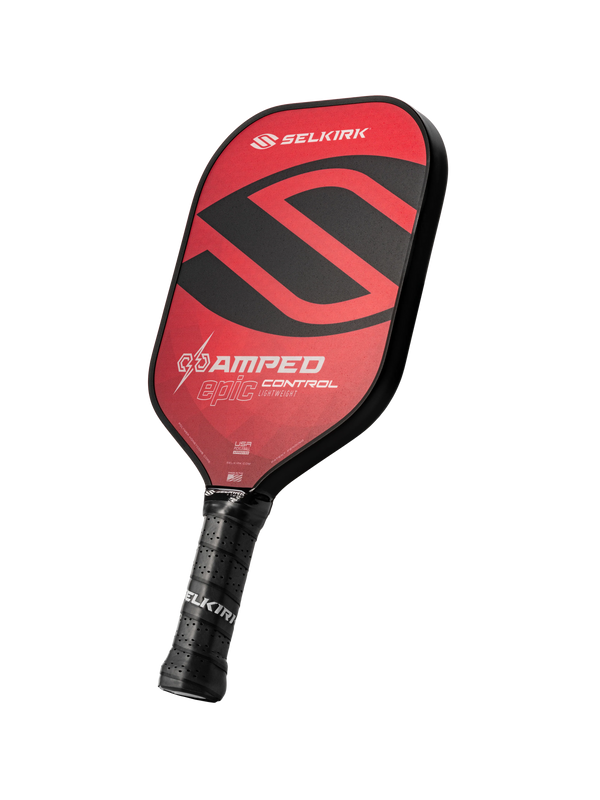When all 4 players are at the pickleball kitchen line/NVZ, how far apart should you and your partner be? Would this change if one player is left handed?
- Pete
Hi Pete,
This is a deeply loaded question with just the right amount of thought-provoking tactical implications to really wake me up this morning! Let’s dive in.
To answer your questions as best I can, we need to identify some of the factors that affect the optimal distance needed to protect the middle from being easily attacked.
Keep in mind that the advice below is geared toward amateur players around a 4.0 rating. Elite players operate in closer quarters, as they don’t need as much "safe space" to avoid collisions or miscommunication.
Speed
Namely, first-step lateral speed. If you and your partner can, at any given moment, take a quick, lunging sidestep, then you can afford a bit more distance between you.
Reach
If your combined wingspan is over 150 inches — meaning each player has an approximate reach of 6’3” — you can get away with a wider gap than most.
Reaction
Fast reactions also allow for more distance, as they give you a head start when a middle attack is played. This often comes down to good anticipation, so if you and your partner know your opponents’ tendencies, you can again afford a bit more separation.
Phase of play
The required spacing shifts depending on whether you’re in a controlled dink exchange or an attacking phase. During calm, crosscourt dinks, players may only need to shift laterally within an 8-10 foot zone (depending on the above factors). But when things get fast and furious, it’s time to tighten up that gap by at least 30 percent. Why? Because in those moments, there simply isn’t time to close the middle.
Also important: Closing the distance is the responsibility of the player crosscourt from the ball. Too often I see the down-the-line player needlessly shuffling, when their only job is to adjust once their partner redirects the ball—causing a switch in roles (from down the line to crosscourt, and vice versa).
The relationship between all these factors determines your optimal spacing before your opponent makes contact with the ball. But really, the goal is to embrace constant dynamic spacing. Try thinking of your team shape as elastic: You generally stay about 6-7 feet apart, but you’re always adjusting micro-positioning based on:
- Who’s attacking.
- What kind of ball you’re hitting.
- Who has the stronger shot in that moment.
A quick visual aid: Try staying one long step away from your partner’s inside foot. That’s close enough to own the middle, but not so close that you'll clash paddles.
As for your follow-up question about a left-handed partner, most of the above still applies. But since you’ve got two forehands in the middle, you’ll want to lean in a little closer (around 5-7 feet apart) to really maximize your shared forehand zone.
Thanks again for the great question, Pete. Good luck out there with your spacing!
- Morgan.




